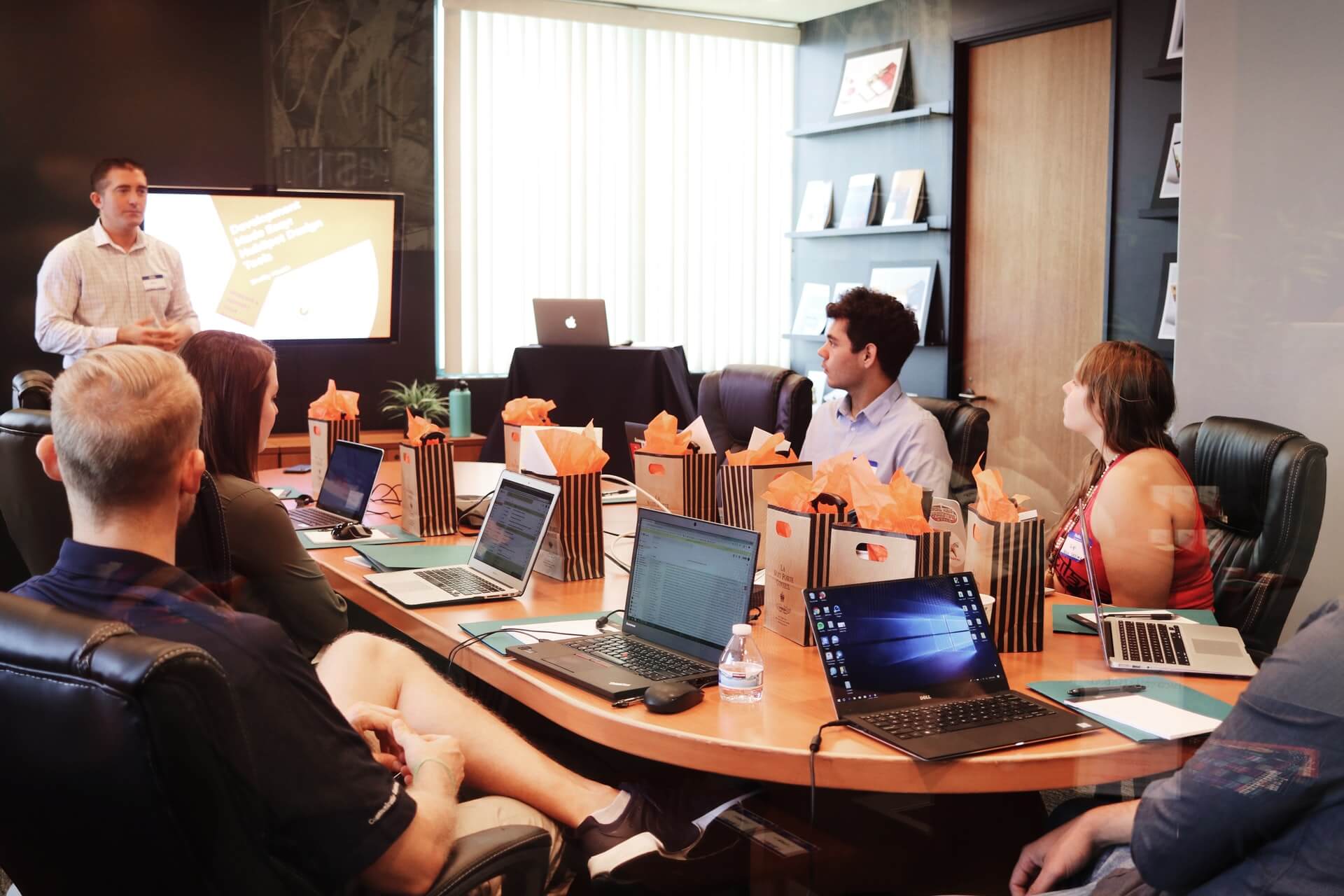No doubt installations in other geographies come with their own inherent set of challenges. Currency fluctuations; centralized versus local procurement; languages; time zones. And those are even before considering difficulties due to the particular technology being deployed, or the source of spare parts, or infrastructure in the country.
This discussion aims to introduce a technique which can help you increase the acceptance of your initiative in other geographies, as well as resolve any disagreements quickly and with much improved team spirit.
No, it is not the traditional Project Management methodology: I will not start extolling here the virtues of the “Project Charter”. The magic ingredient in international projects, as I have discovered throughout 18 years of successfully deploying such, is treating our colleagues from other countries in a manner which puts them at ease.
Notice that this recommendation goes well past the tired old adage: “Treat those from other countries with sensitivity”. That much is obvious, and we would certainly try to conduct ourselves thus. The recommendation is to approach colleagues from another geography with a demeanor they would find in their own country. In other words, if you are dealing with Brazilians, try to ‘act Brazilian’ as you collaborate with them; if you are working with a Finn, try to ‘act Finnish’.
So how do we develop a good picture of what ‘acting Australian’ or ‘acting Japanese’ might entail? Fortunately, there’s excellent research on intercultural cooperation we can consult. Fons Trompenaars’ Riding the Waves of Culture, or Nancy Adler’s International Dimensions of Organizational Behavior are some of the best books on the intercultural topic.
My personal favourite in the “intercultural” arena, as relevant today as when its first edition was published in the UK in 1991, is Cultures and Organizations: Software of the Mind by Dr. Geert Hofstede.
The ground-breaking contribution of Dr. Hofstede’s research is that, through thousands of surveys of IBM professionals in dozens of countries, he is able to arrive at a numerical value for certain elements or “dimensions” which make up Culture. So for example, we learn that Malaysia, on average, has the highest score (104) for “Power Distance”, meaning that as a group they are quite comfortable accepting power inequalities in society. At the other extreme, Great Britain and Canada have low scores (35 and 39 respectively), which translate into a “limited dependence of subordinates on their bosses”. In other words, British and Canadian employees (as a group) are not afraid to approach their bosses or disagree with them.
Another useful discussion centers around the topic of “collectivistic” cultures (where the interest of the group prevails over the interest of the individual) compared to “individualistic” cultures (in which the interests of the individual prevail). It comes as no surprise that the country with the highest individualism score is the USA (91), closely followed by Australia (90). At the other extreme, the countries with the lowest individualism scores are Ecuador (8) and Guatemala (6).
Personally, I have leveraged his findings to arrive at the following communication paradigms, in order to make my counterparts in other geographies more at ease as we negotiate and coordinate project milestones. It has proven a huge advantage, as the largest difficulties in technology projects are not about the technology. They are about people.
With colleagues from Latin America (Venezuela, Panama, Mexico, Brazil, Colombia) and certain Asian countries (Pakistan, Thailand, Malaysia, Indonesia) with large acceptance of power,
• Stress clear definitions: what constitutes in-scope vs. out-of-scope
• Stress the benefit to the whole project/company
• Stress checkpoints for scope verification
• Lively exchange, having fun, yet sticking to the rules
With collegaues from Northern/Western Europe/Australia/New Zealand, which exhibit large individualism,
• Have all the facts, be decisive
• Recognize the contribution of these colleagues
• Relaxed approach, not stressing hierarchy
• Sell/negotiate work deliverables
• Stress value of the project to their particular unit
How would you know a country’s “Individualism (IDV)” or “Power Distance” (PDI) scores? The best source would be Dr. Hofstede’s book. Alternatively, ITIM International has kindly published the scores in the website http://www.geert-hofstede.com/
I hope you find these recommendations useful and that they make you successful in your next international project.
—————————
For more resources, see the Library topic Project Management.
—————————











